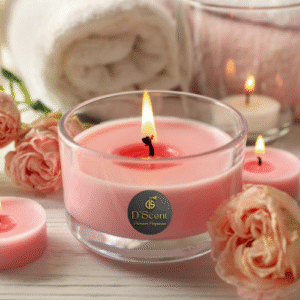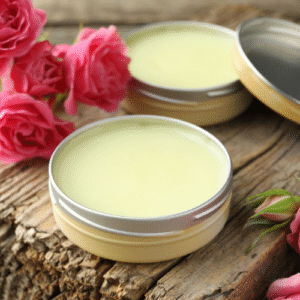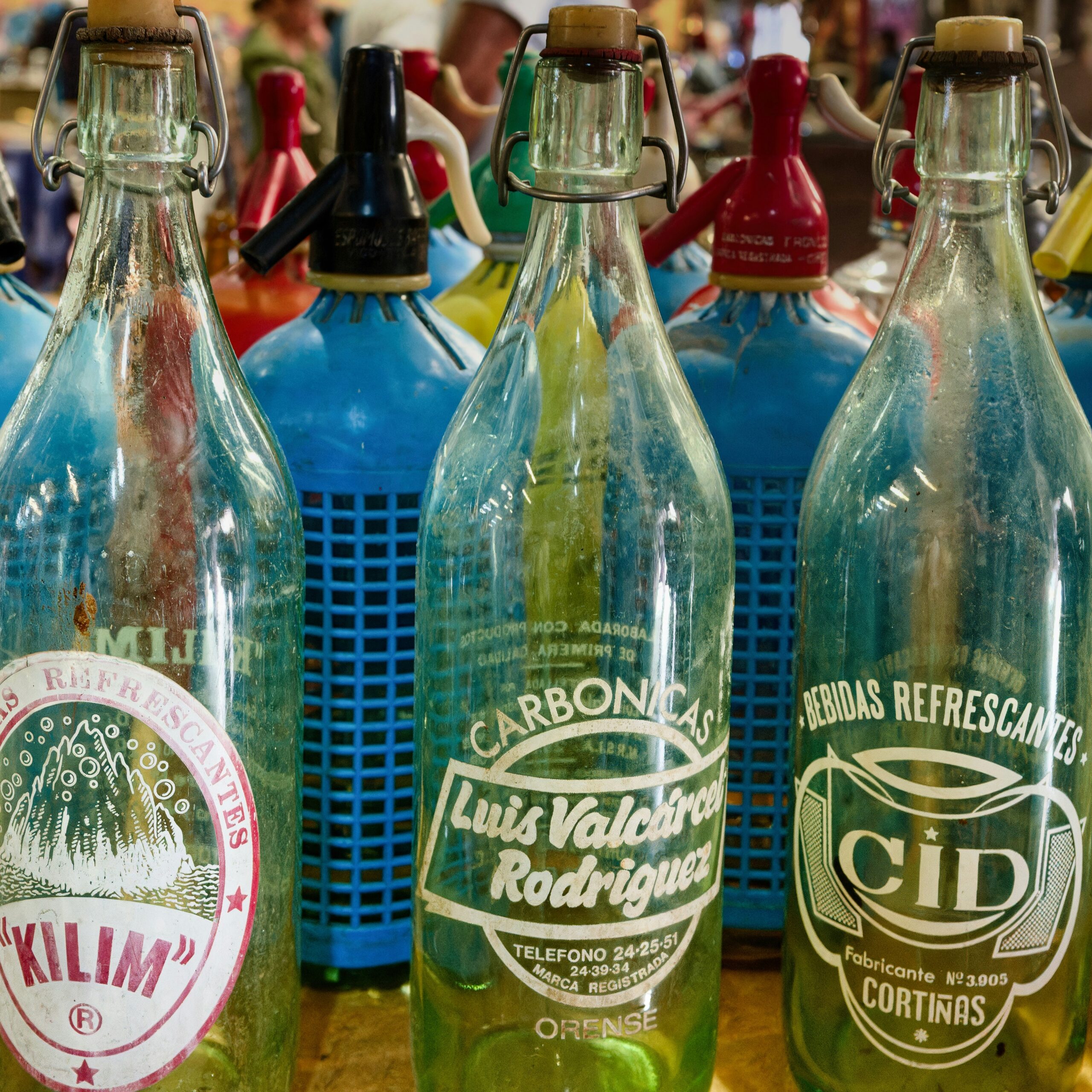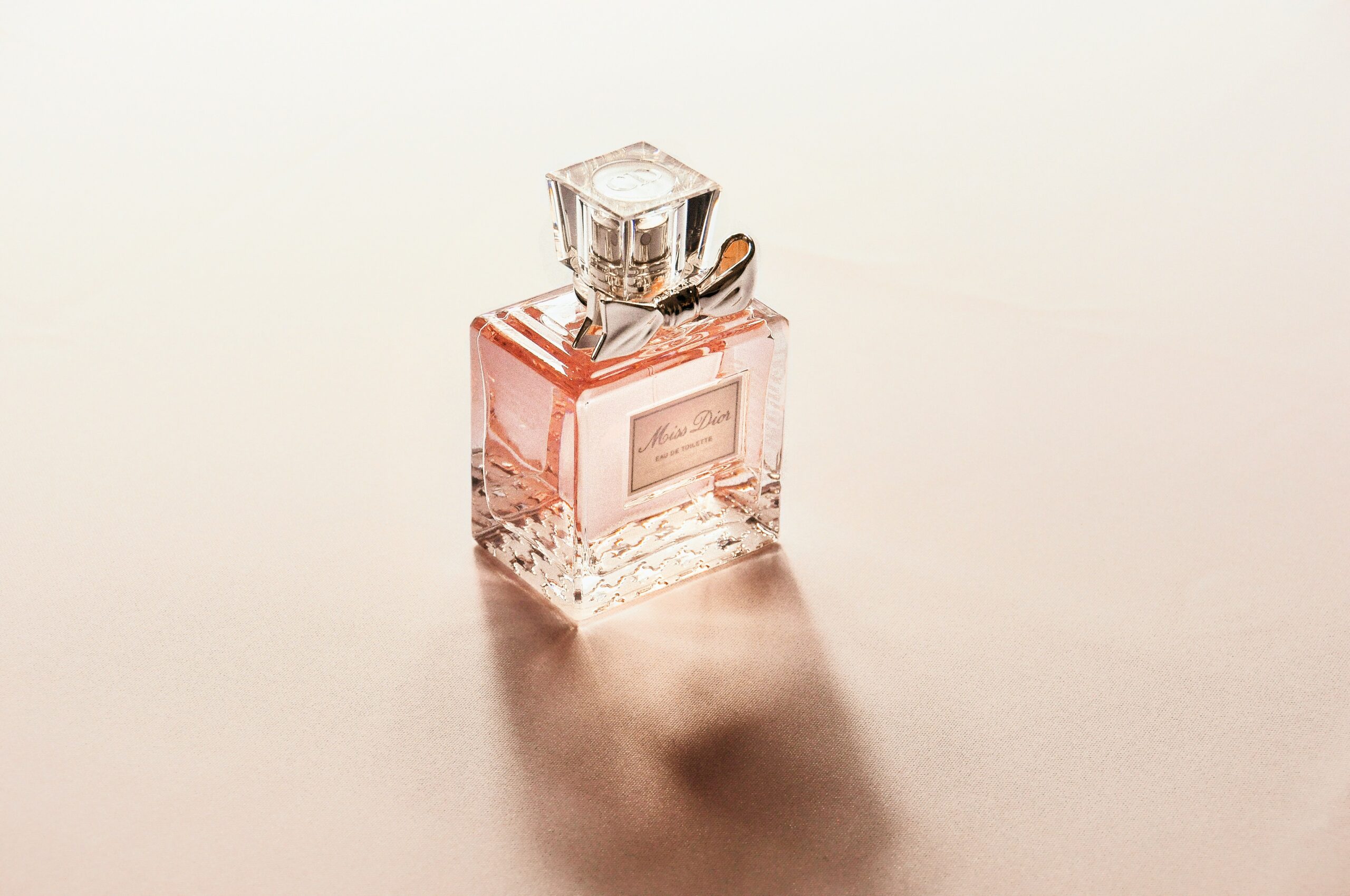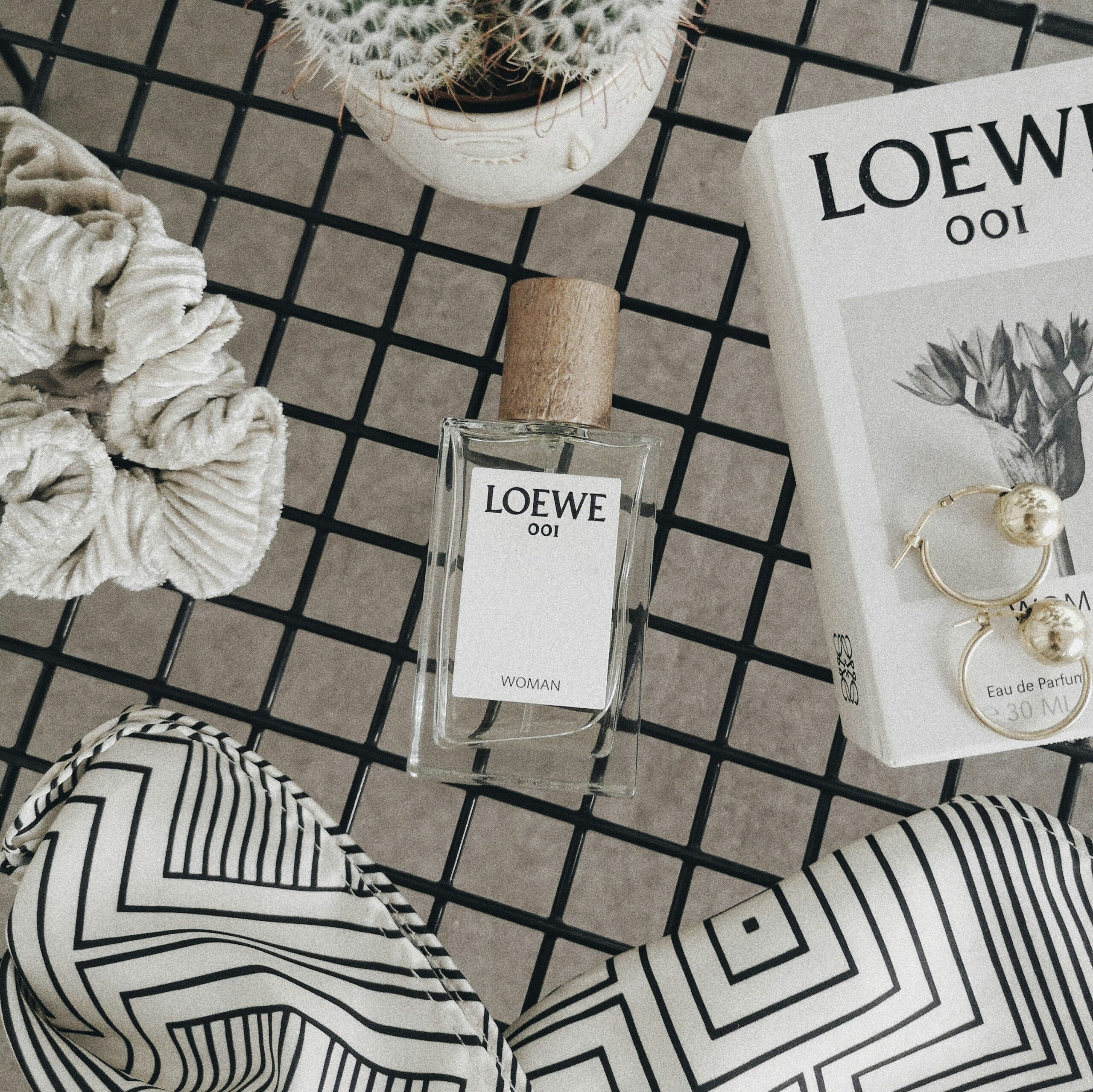Introduction to Perfume
Perfume, derived from the Latin phrase “per fumum,” meaning “through smoke,” refers to a fragrant liquid made from essential oils, aroma compounds, and solvents. It serves not only as a means to enhance personal scent but also holds significant cultural and historical relevance across various civilizations. The evolution of perfume is a fascinating journey, reflecting humanity’s enduring quest for beauty, identity, and expression.
Historically, perfume can be traced back to ancient Egypt, where it was deeply intertwined with religious practices, cosmetics, and daily life. Egyptians utilized natural scents, such as myrrh and frankincense, in their rituals, believing that perfumes could communicate with the divine. The significance of fragrance extended beyond mere adornment, as it symbolized status and wealth within society. This set the foundation for the cultural importance of perfume, which has persisted across different eras and regions.
In ancient Greece and Rome, the art of perfumery flourished further, with the advent of more intricate production techniques. Perfumes became a staple among the elite, representing sophistication and refinement. These ancient cultures recognized the emotional power of scent, often using fragrances to evoke specific moods or enhance social interactions. The Renaissance period saw a revival of interest in perfume, with innovations in distillation and the development of more complex fragrances, elevating perfume from simple scents to elaborately crafted products.
As societies advanced, so did the composition of perfumes, leading to the emergence of modern perfumery in the 19th century. Advances in chemistry allowed for the synthesis of various aromatic compounds, resulting in diverse scents that catered to evolving tastes. Today, perfume is a multi-billion dollar industry, reflecting a blend of tradition and innovation, sculpture and science. By examining the history of perfume, one gains insight into the cultural and societal impacts of fragrance throughout time.
Perfume in Ancient Egypt
Perfume holds a significant place in the cultural and religious practices of Ancient Egypt, tracing its rich lineage back to the early dynasties. Egyptians crafted fragrance not just for personal adornment but as an essential element in their spiritual beliefs and rituals. The application of perfumes in this ancient civilization was intricately connected to religious ceremonies, where the scent was believed to carry the prayers of worshippers to the gods. Incense and perfumes were offered at altars and temples, enveloping sacred spaces in aromatic clouds that enhanced the spiritual atmosphere.
The burial practices of Ancient Egyptians further underscore the importance of perfumes in their society. Elaborate ceremonies included the use of fragrant oils and resins, which not only prepared the deceased for the afterlife but also helped to mask the odor of decay. Ingredients such as myrrh, frankincense, and natron were extensively employed in embalming processes, while various floral extracts were luxurious offerings. This practice highlighted a deep reverence for the role of scent in achieving a harmonious connection with the divine and honoring the departed.
Everyday life in Ancient Egypt also embraced perfume, with individuals using scented oils and balms to enhance personal allure or to maintain hygiene. The use of fragrances was common among both men and women, who applied oils derived from numerous sources, including flowers like jasmine, lotus, and hyacinth. The role of the perfumer in society was a respected one, with artisans often employed by the royal family and temples. They were highly skilled in the art of blending various ingredients to create complex scents, showcasing an early understanding of the chemistry of fragrance. Overall, perfume in Ancient Egypt was emblematic of a sophisticated culture that revered beauty, spirituality, and the complexities of life and death.
Perfume in Ancient Mesopotamia and Persia
The rich history of perfume in Ancient Mesopotamia and Persia can be traced back to some of the earliest civilizations, where the art of fragrance was both a refined craft and a vital part of daily life. The earliest recorded perfume recipes emerged from Mesopotamia, with ancient Sumerians recognized as pioneers in the formulation of fragrances. They used natural substances such as oils, resins, and various botanical extracts to craft perfumes that were not only utilized for personal adornment but also held sacred significance.
In these ancient societies, perfumes played a crucial role in trade and economy. The use of perfume was not limited to its aromatic appeal; it served as a prestigious commodity that symbolized wealth and social status. As the trade networks expanded, the demand for exotic fragrances increased, leading to the acquisition of rare ingredients from distant lands. The exchange of perfumes further elevated their importance in cultural exchanges and diplomatic relations among neighboring civilizations.
Moreover, perfumery was integral to religious and ceremonial practices in Mesopotamia and Persia. Aromatic substances were often employed during rituals and offerings to deities, reflecting the perception of fragrances as a means of connecting with the divine. From the burning of incense to the anointing of sacred statues, the use of perfume permeated the spiritual landscape of these ancient cultures.
As the practice of creating perfumes advanced, so did the complexity of the formulas. Different civilizations began to incorporate unique elements that reflected their geographical and cultural particularities. By the time Persia emerged as a dominant civilization, the art of perfumery had taken on an elaborate form, often blending various techniques and ingredients to achieve distinct scents that resonated with their rich heritage. Thus, the legacy of perfume in Ancient Mesopotamia and Persia laid a foundational blueprint that influenced subsequent generations and cultures in the realm of fragrance.
Perfume in Ancient Greece and Rome
The ancient civilizations of Greece and Rome played a pivotal role in the development and refinement of perfume. In Greece, perfumes were not just luxury items; they were integral to daily life and held cultural significance. Greeks believed that scent could influence mood and well-being, making the use of fragrances common in various aspects of existence—from personal grooming to religious rites. They utilized natural ingredients such as flowers, herbs, and spices, creating complex formulations that highlighted their appreciation for fragrance.
Moreover, the concept of the perfumery began to take shape in this era. Notable figures, such as the physician Galen, documented the art of blending various scents, contributing to the formulation process. Perfume shops began to appear in bustling marketplaces, catering to the rising demand for aromatic products. The Greeks also introduced the practice of anointing with oils infused with fragrant materials during rituals and communal occasions, reinforcing the connection between scent and spirituality.
The Romans, inheriting the Greek tradition of perfumery, further expanded its use. They incorporated perfumes into their daily routines and embraced the luxurious lifestyle associated with fragrant products. Scent became synonymous with status and power, leading to the rise of elaborate perfumery shops in major cities such as Rome and Bath. The Romans also pioneered the art of creating solid perfumes, which were easier to carry and apply. Their penchant for lavish baths often involved the incorporation of perfumed oils and lotions, highlighting the association between cleanliness and pleasant aromas.
In addition, perfume in ancient Rome served as a means of adornment and expression, with different scents denoting social class or personal style. The appreciation for fragrant oils bridged the social hierarchies, as elites showcased their wealth through exquisite fragrances. Thus, both Greece and Rome laid the groundwork for modern perfumery, influencing today’s scent creation practices and the overall cultural significance of fragrance in society.
The Islamic Golden Age and Perfume Innovation
The Islamic Golden Age, spanning roughly from the 8th to the 14th centuries, was a period of remarkable advancement in various fields, including science, art, and culture. One of the notable areas of innovation during this era was the art of perfume-making. Scholars and artisans in the Islamic world greatly expanded upon the fragrance practices of earlier civilizations by introducing sophisticated distillation techniques. This technology allowed for the extraction of essential oils from a diverse array of botanicals, which significantly enhanced the quality and variety of perfumes available.
Among the most important figures in this advancement was the Persian polymath Ibn al-Haytham, who made significant contributions to the understanding of optics and chemistry. His work laid the foundation for improved distillation methods that enabled perfumers to create purer and more potent scents. The introduction of instruments such as the alembic further refined the process of extracting essential oils, allowing for a more nuanced approach to blending fragrances. This scientific approach to perfume-making was revolutionary, as it transformed the way scents were perceived and appreciated.
<pin a="" addition="" advancements,="" age="" along="" also="" and="" appealed="" aromatic="" art="" began="" but="" complex="" creating="" creation,="" crucial="" cultural="" different="" disseminated="" east,="" enduring="" enriched="" era="" europe.="" exchanges="" exotic="" experiment="" extracts,="" floral="" flourished="" for="" fragrance="" frankincense,="" from="" golden="" groundwork="" impact="" in="" including="" incorporation="" industry.
The Renaissance and the Rise of Modern Perfumery
The Renaissance, a period marked by revival in art, culture, and intellectual exploration, had a profound impact on the world of perfumery. This era, spanning from the 14th to the 17th century, led to an increased appreciation for fragrances, which were not only used for personal adornment but also for their therapeutic and spiritual attributes. The heightened interest in aromatic substances during this time prompted significant advancements in the production and formulation of perfumes.
With the rise of trade routes connecting Europe to the East, ingredients such as rose, jasmine, and musk became widely accessible. This influx of exotic materials allowed perfumers to experiment and innovate, leading to the development of more complex fragrance compositions. The techniques employed in crafting these scents became increasingly sophisticated, with distillation and blending practices being refined. As a result, the quality of perfumes dramatically improved, paving the way for a burgeoning industry.
During the Renaissance, notable figures emerged within the perfumery landscape. Renowned perfumers began to establish themselves, crafting bespoke fragrances for nobility and wealthy patrons. Names such as Caterina de’ Medici, who is often credited with introducing modern perfumery to France, played a crucial role in elevating the status of perfumes. Moreover, the establishment of perfume houses marked the transition from artisanal production to a more structured industry. Brands began to emerge, laying the groundwork for what would eventually evolve into the global perfume market we know today.
This period not only sparked creativity and innovation in fragrance creation but also fostered a cultural significance around scent. Perfume became synonymous with social standing and personal identity, relegating its usage beyond mere hygiene to an art form celebrated by many. The Renaissance thus positioned perfumery at the intersection of art and science, catalyzing its journey into modernity.
Perfume in the 19th Century: Industrialization and Innovation
The 19th century marked a significant turning point in the history of perfume, primarily due to the profound effects of the Industrial Revolution. This era witnessed the transition from artisanal, small-scale production of fragrances to large-scale industrial manufacturing. With advancements in technology, the ability to create and synthesize new fragrance compounds became an essential element of perfume production, fundamentally altering the landscape of the industry.
During this period, chemists and perfumers began to experiment with various synthetic materials, resulting in the development of new aromatic compounds that had not previously existed in nature. These compounds brought a newfound complexity to fragrances, allowing for the formulation of unique and diverse scent profiles that were previously unattainable. Notable innovations included the synthesis of compounds such as vanillin, the primary component of vanilla, and various floral aldehydes, which became integral to many iconic perfumes.
Mass production techniques were also refined, enabling perfume houses to scale their operations and produce large quantities of scent at a lower cost. This transition not only increased the availability of perfumes but also democratized luxury, as fragrances became accessible to a broader segment of society. As a result, the commercialization of scents flourished, giving rise to marketing strategies that highlighted the aspirational qualities of perfumes.
Societal shifts during the 19th century played a crucial role in influencing perfume trends. The rise of the middle class, expanding urbanization, and increased leisure time allowed individuals to engage more deeply with personal grooming and self-expression through scent. The societal emphasis on cleanliness and presentation transformed perfume into an essential accessory, symbolizing sophistication and refinement. As a result, the 19th century laid the foundational stones for modern perfumery, intertwining industrial innovation with evolving cultural norms.
Contemporary Perfume Trends and Personalization
In recent years, the fragrance industry has experienced a significant evolution, marked by emerging trends that reflect both consumer desires and broader societal shifts. Among these trends, the rise of niche fragrances stands out. Unlike mainstream offerings, niche perfumeries focus on unique scent compositions and often craft their products in limited batches. This emphasis on individuality resonates profoundly with consumers seeking authentic, exclusive sensory experiences that are not widely available. The demand for niche fragrances highlights a growing appreciation for artisanal craftsmanship and originality in the world of perfumery.
Another noteworthy trend is the commitment to sustainable practices in perfume production. As awareness of environmental issues escalates, both consumers and manufacturers are increasingly prioritizing eco-friendly methods. This includes sourcing ingredients ethically, utilizing sustainable packaging, and adopting processes that reduce waste and carbon footprints. Many contemporary brands are transparently communicating their sustainability efforts to attract environmentally conscious shoppers. This shift not only caters to consumer values but also fosters a sense of responsibility and ethical consumption in the fragrance market.
The personalization of scents is also gaining traction in contemporary perfumery. More brands are offering customized fragrance experiences that allow individuals to curate their own scents based on personal preferences. This trend moves beyond the traditional notion of a signature scent, enabling consumers to select notes that resonate with their unique identities. The personalization process often involves consultations where fragrance families, ingredient notes, and even body chemistry are taken into account, leading to tailored creations that reflect personal histories and emotional connections.
As the perfume landscape continues to evolve, these contemporary trends illustrate a shift towards uniqueness, sustainability, and personal expression, reshaping the way fragrances are perceived and enjoyed.
The Cultural Impact of Perfume Today
Perfume has evolved significantly from its origins, continuing to exert a profound influence on cultural identities and personal expression in contemporary society. The psychological effects of scent are well-documented; fragrances can evoke memories, alter moods, and even influence social interactions. The emotional response elicited by certain scents allows individuals to use perfume as a tool for self-expression. A carefully chosen fragrance can communicate personal style, enhance confidence, and foster connections with others.
In the realm of fashion, perfume plays a crucial role in complementing clothing and accessories, solidifying a holistic expression of personal style. Renowned fashion houses develop signature fragrances that embody their brand’s ethos and aesthetic, thus reinforcing the identity of both the fashion and the individual wearing it. Collectively, these scents become a form of artistry that customers can carry with them, cultivating a sense of belonging within a particular group or culture. The latest trends often reflect a blend of classic and modern notes, signaling shifts in societal values and preferences.
Globally, the perception of perfume varies significantly across cultures, influenced by historical practices, belief systems, and social norms. In some cultures, fragrance is intricately tied to rituals and spirituality, while in others, it may symbolize status and refinement. For example, while Western markets frequently emphasize designer brands and luxury fragrances, many Eastern cultures prioritize the use of natural and traditional scents for personal and communal purposes. These cultural differences illustrate how fragrance extends beyond mere aesthetics, acting as a mirror reflecting diverse values and traditions.
Ultimately, the contemporary landscape of perfume is a rich tapestry woven from personal identity and cultural significance. As individuals navigate their scent choices, they contribute to an ongoing dialogue about the role of fragrance in shaping human experience, signaling who they are and where they come from.


